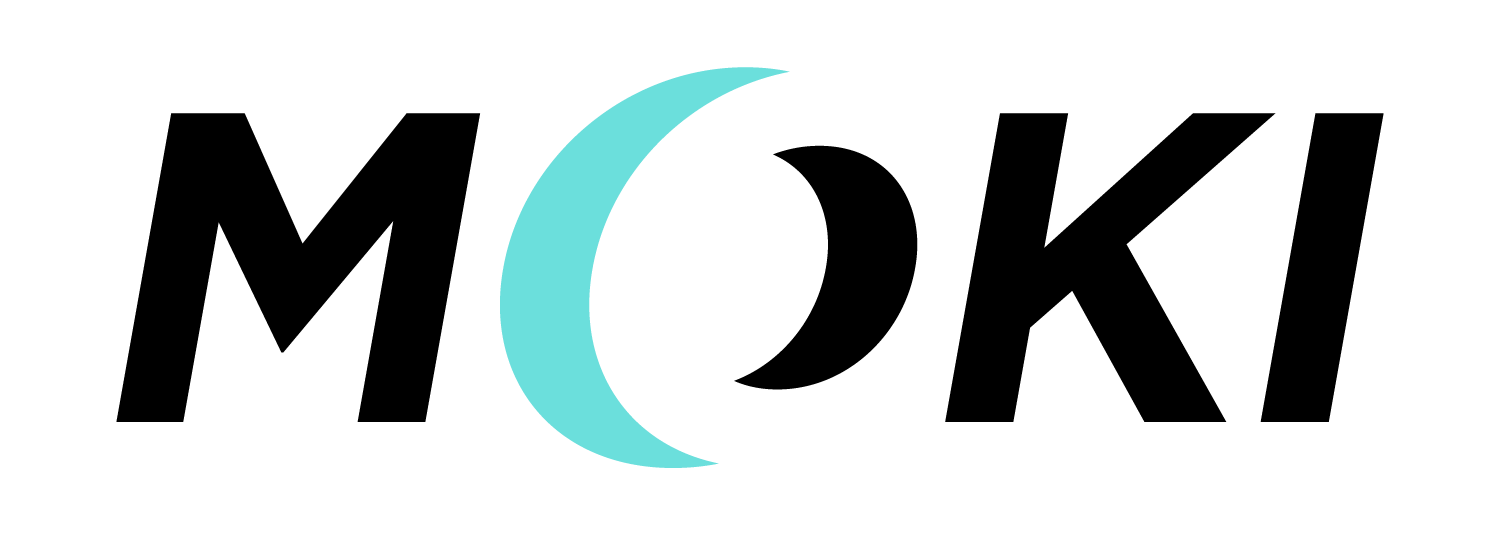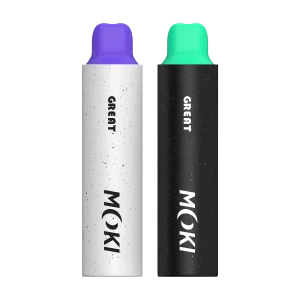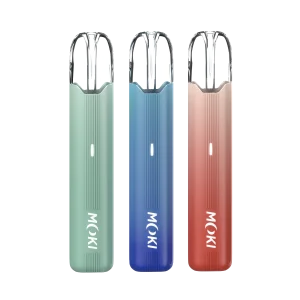Diving into the World of Smoke-Free Products: A Comprehensive Overview
What’re Smoke-Free Products
Smoke-free products, including electronic cigarettes and heated tobacco, are gaining attention worldwide. This article will shed light on the recent developments, legislative changes, and the financial implications of these products on the global market.
1. Record-Breaking Seizure in Shenzhen

In a significant operation, Shenzhen officials recently seized an illegal electronic cigarette case valued at a staggering 376 million yuan. The operation, known as the Shenzhen Bao’an “February 03” case, targeted four enterprises and destroyed seven production, storage, and sales hideouts. The authorities confiscated over 7.3 million illegally produced pods, 2,700 cigarette kits, 374,900 disposable vape pens, and 513 kilograms of eliquid. This haul included a variety of illegal fruit-flavored vape pods, such as “milk tea cup” and “coke bottle” flavors, with a physical case value exceeding 66 million RMB.
2. State Tobacco Monopoly Administration’s Crackdown
The State Tobacco Monopoly Administration has been taking strong measures against illegal electronic cigarettes. They have focused on products like “milk tea cups” and “cola bottles,” uncovering 593 cases and investigating 188 individuals for criminal responsibility. The total value of the seized items amounts to 507 million RMB. Over the past four months, the administration has deployed 226,900 law enforcement inspectors, inspecting 121,500 sales outlets and making significant strides in combating these illegal activities.
3. Legislative Changes in the UK
British legislator Caroline Johnson proposed the “Ten Minute Rule Bill” on February 8, advocating for the ban of disposable vape pens. She argues that this would promote the use of vape pens as a sustainable smoking cessation aid and reduce the chances of children using electronic cigarettes, thereby preventing adolescent nicotine addiction and protecting the environment. The bill is set to be reviewed by Congress members on March 24.
4. Financial Impact on Tobacco Giants
International tobacco companies are also feeling the impact of smoke-free products. Philip Morris International reported that net income from smoke-free products accounted for 36% of their total net income in the fourth quarter of 2022. The total number of IQOS users is estimated at 24.9 million, with approximately 17.8 million having switched to IQOS and quit smoking. British American Tobacco (BAT) reported a total revenue of 27.7 billion pounds for 2022, with a 7.7% increase year on year. New tobacco products like electronic cigarettes, heated tobacco, and nicotine bags contributed 2.9 billion pounds to the company’s revenue, marking a 40.9% increase.
5. Global Taxation and Regulation
The German Federal Statistics Bureau revealed that the government levied a total of 42.6 million euros on 226,000 liters of e-liquid in 2022. With a tax rate of 0.16 euros per milliliter since July 2022, it is estimated that by 2026, the vape tax will generate a cumulative revenue of 1 billion euros for the German Ministry of Finance. In Italy, the Minister of Health, Olazio Skilach, plans to expand the anti-smoking order to include electronic cigarettes and heated tobacco products, extending the no-smoking zones to outdoor areas where minors and pregnant women are present.
6. International Smuggling and Regulation

Russian customs made a significant seizure of 160,000 smuggled e-cigarettes in Belgrade, valued at 38 million rubles. These products, originating from China, had a nicotine content exceeding 20 mg/ml, violating local laws and regulations. This incident highlights the global challenges in regulating and controlling the distribution of electronic cigarettes.
The landscape of smoke-free products is rapidly evolving, with significant legal, financial, and public health implications. As the world grapples with the challenges of smoking cessation and adolescent nicotine addiction, the role of electronic cigarettes and other smoke-free products becomes increasingly critical. Governments and tobacco companies alike are navigating a complex landscape, seeking to balance public health concerns with the economic opportunities presented by these innovative products.









